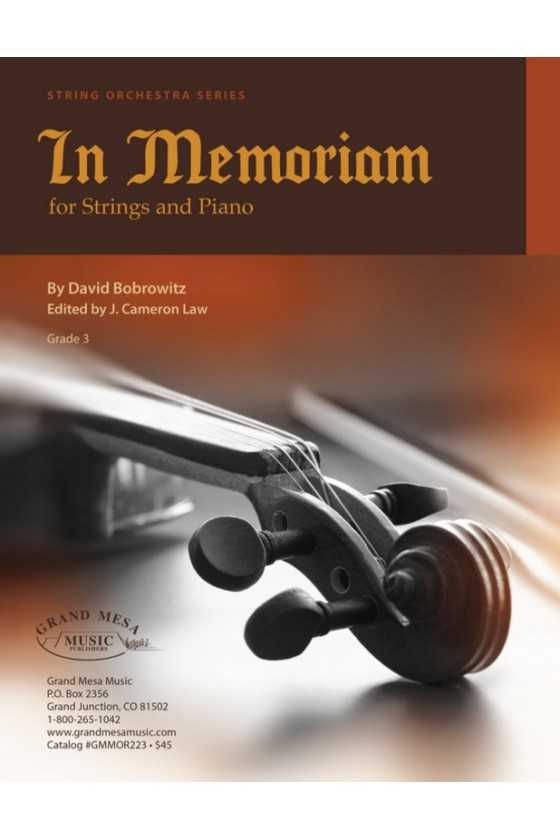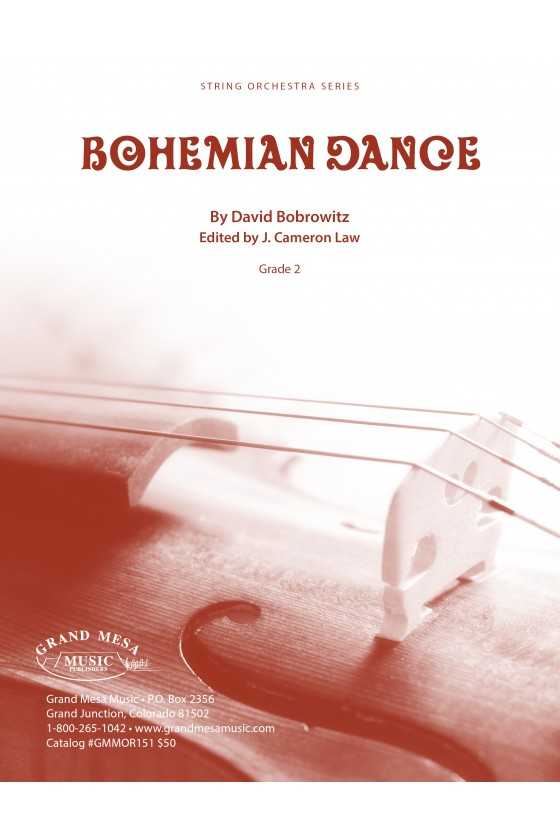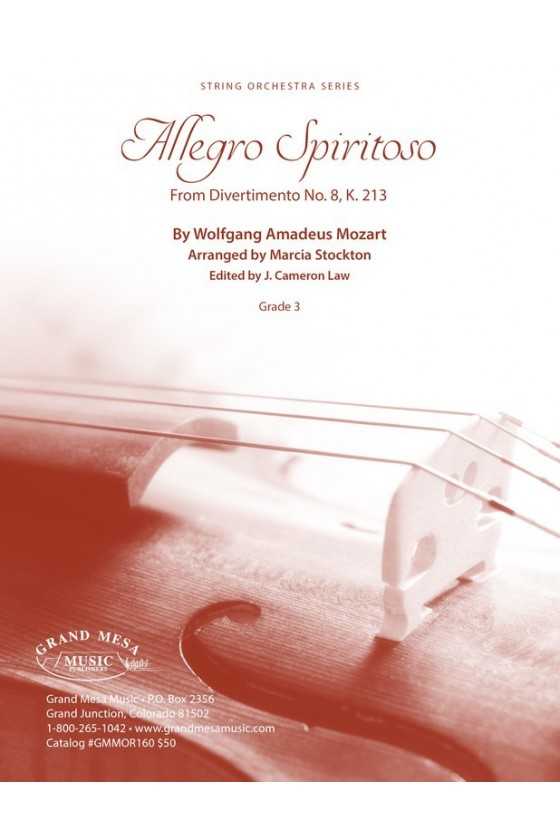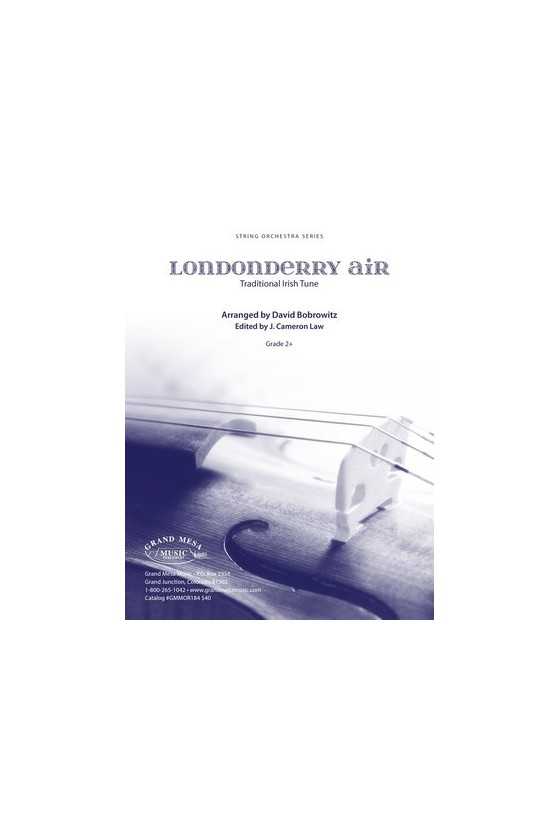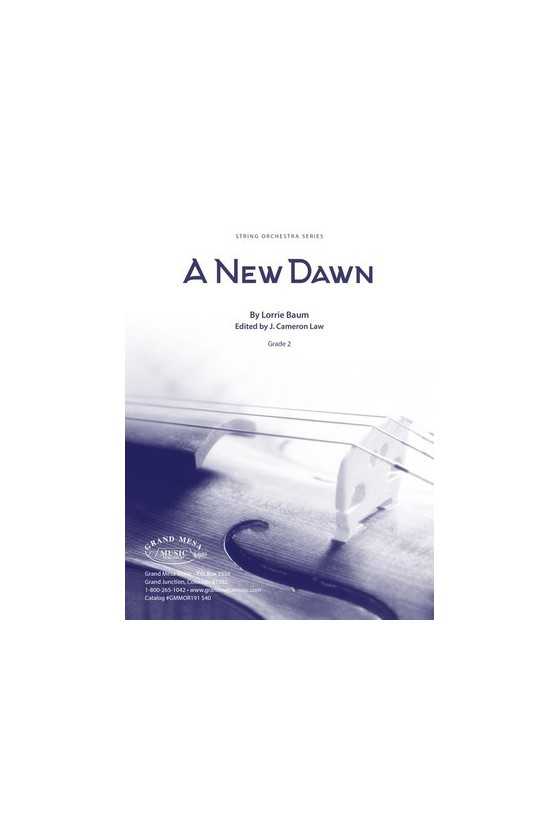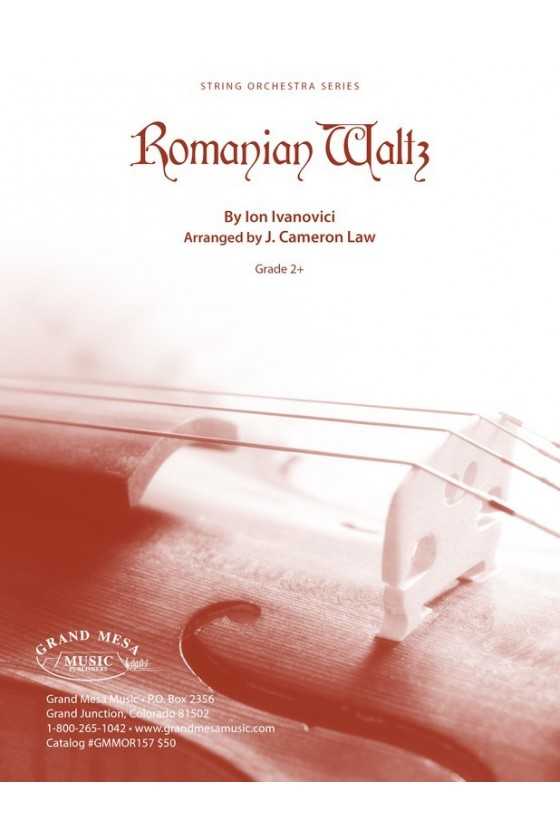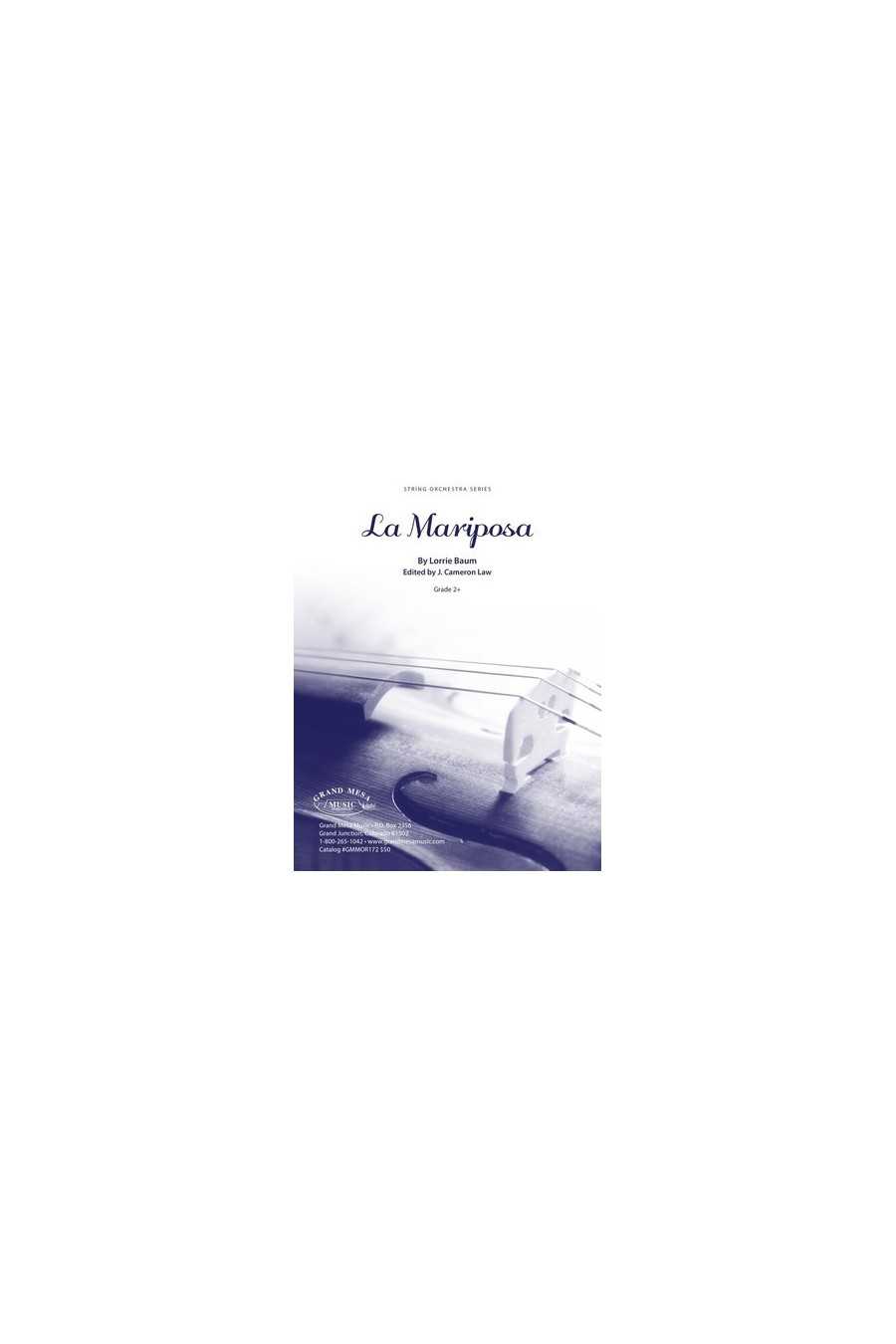
Bobrowitz, In Memoriam for String Orchestra Grade 3 (GMM)
This gorgeous string work would be appropriate for any concert, but would be especially fitting in a memorial concert. Starting with a haunting piano chord progression the solo piano leads to a melancholic melody in the violins. The B section then gives the cellos a chance to show off their abilities to emote. After the piece builds to an intense forte it gradually fades back into the opening chord pattern. This unusually beautiful string work will leave your audience moved emotionally and impressed with your groups ability to play with great sensitivity and expressiveness. (3:49)



